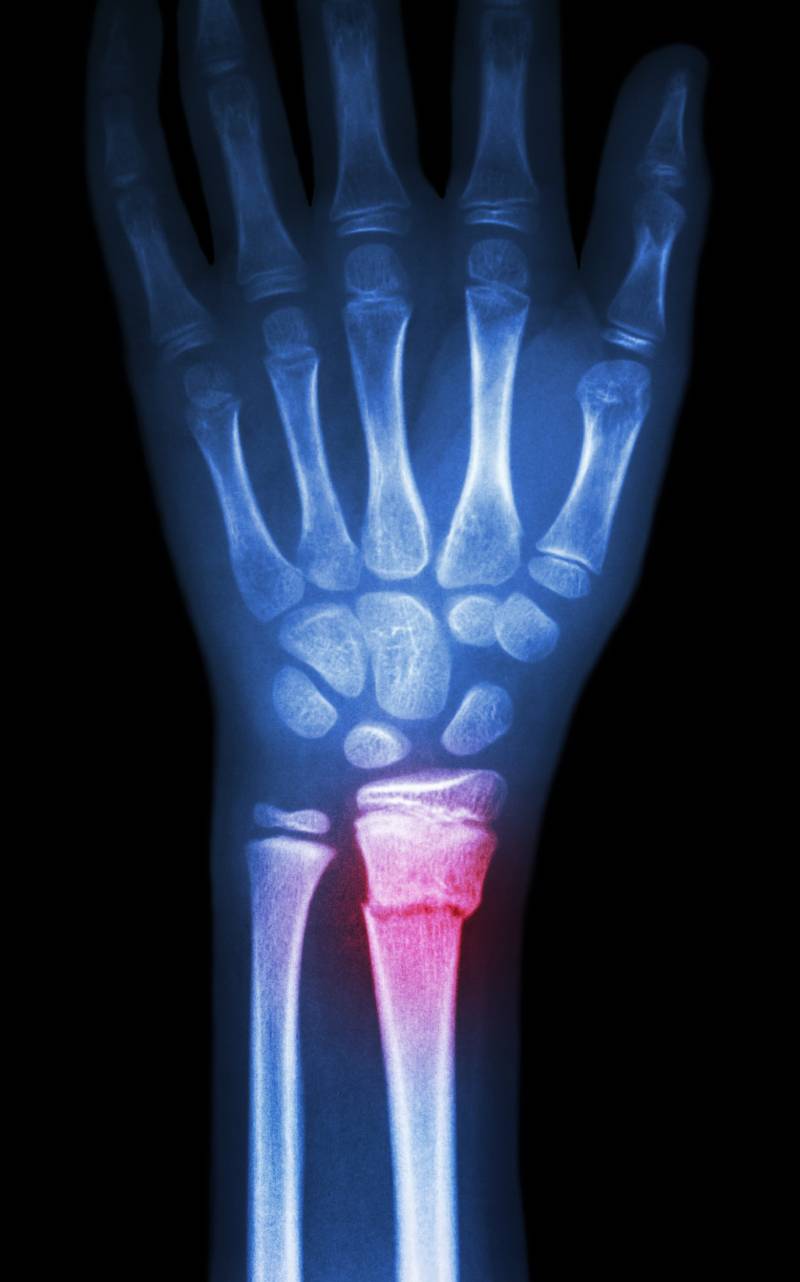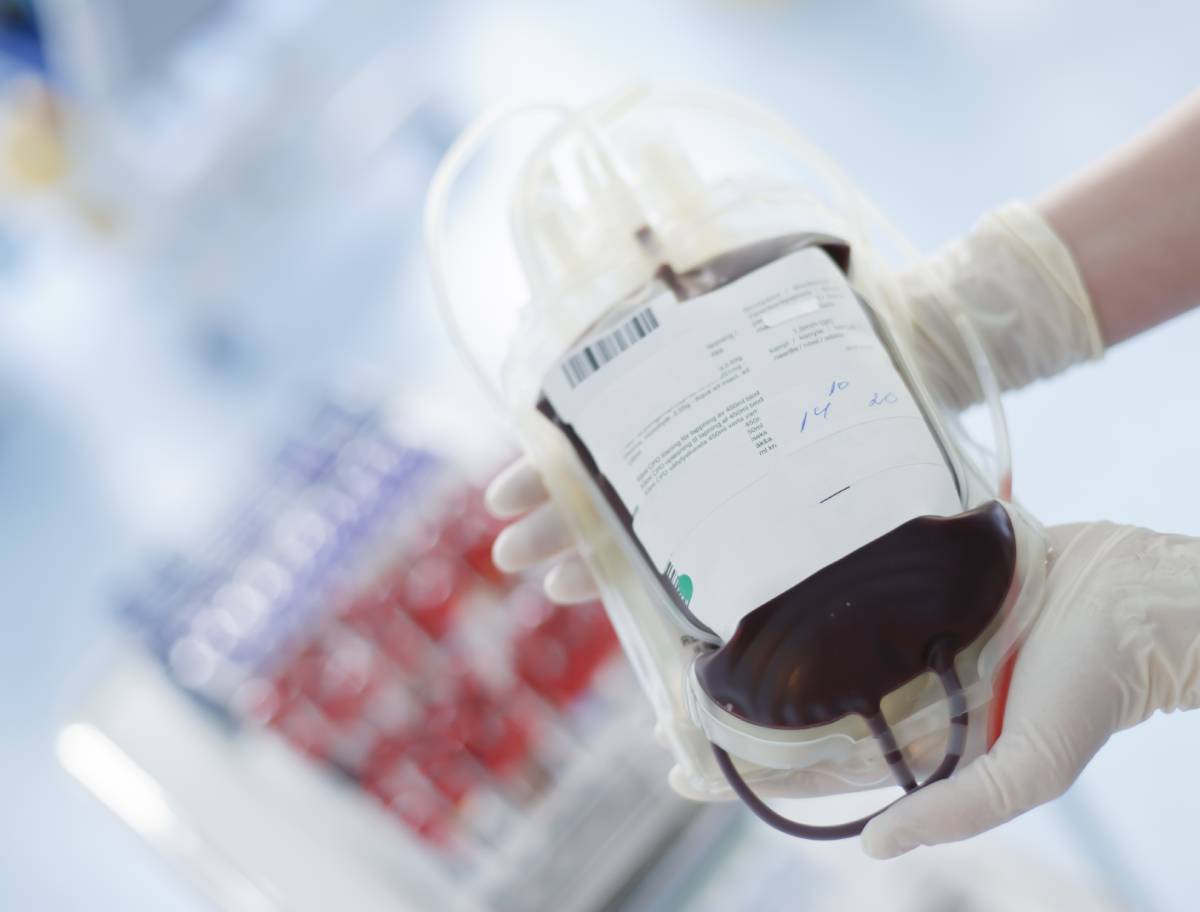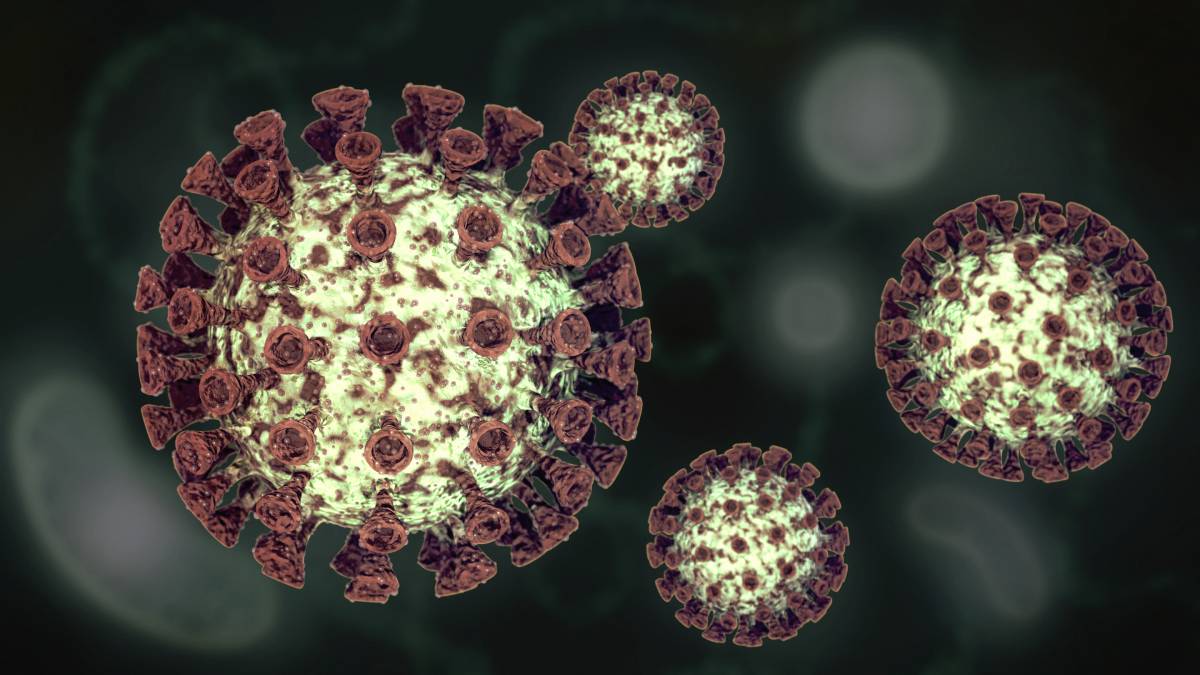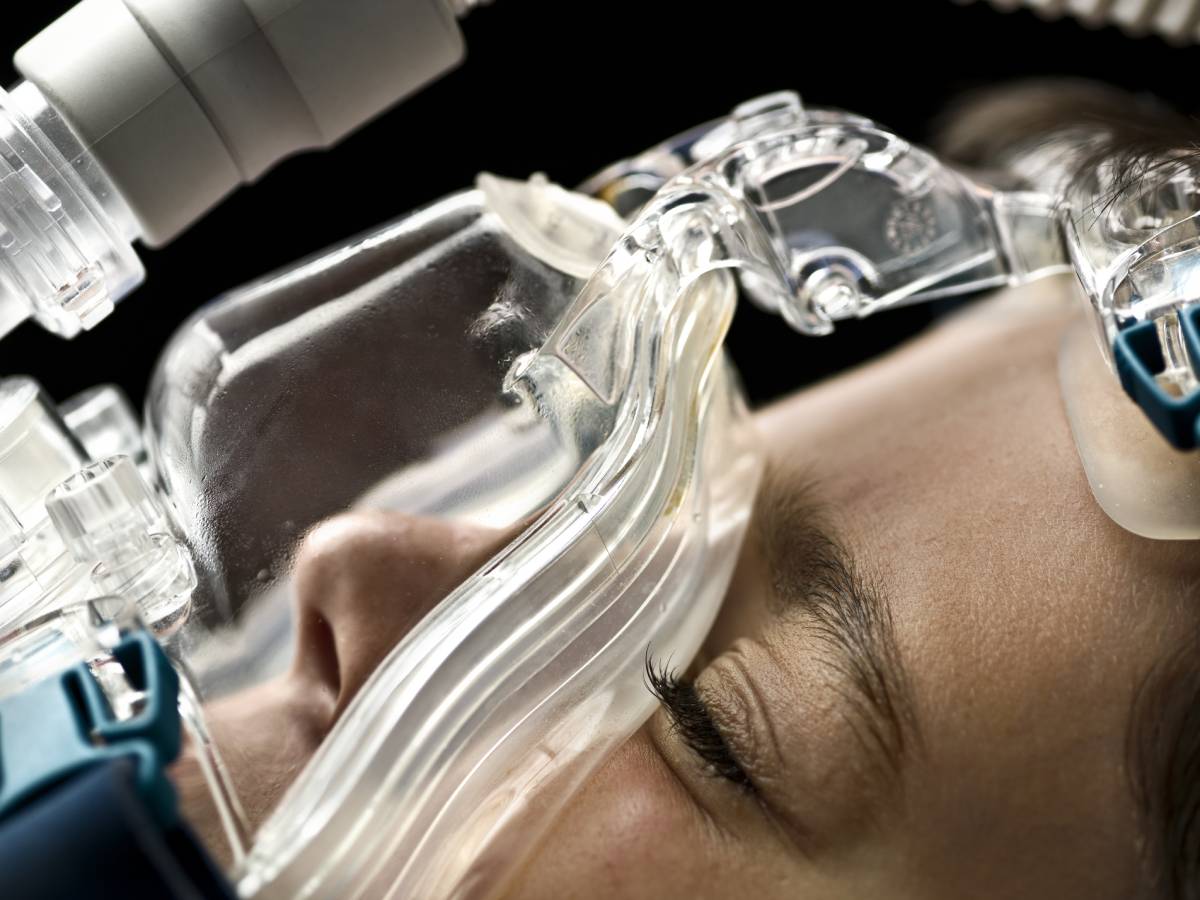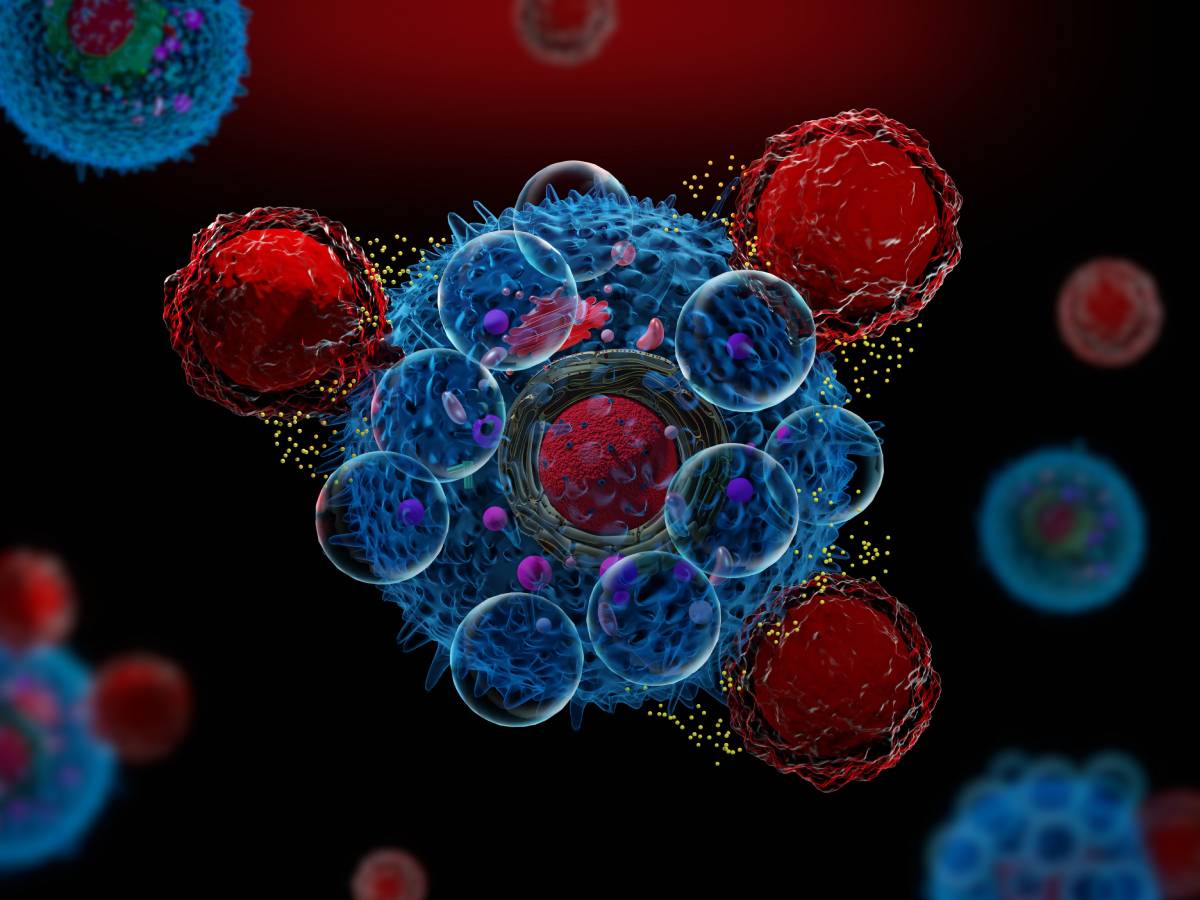An accurate estimation of the timing of labor is important for several clinical decisions, including determination of preterm birth and necessary treatment regimens [1]. Currently, gestational age and due date is approximated based on information about the last menstrual cycle and assumes a gestational length of 40 weeks [1,2]. Ultrasound imaging in early pregnancy can also be used to determine gestational age and estimated date of delivery [1]. Although these approaches are useful in managing pregnancy, neither method is an accurate predictor of when labor will begin, since most pregnancies deviate from the standard of 40 weeks of gestational duration [2]. To advance clinical decision-making, efforts have been made to better predict the actual onset of labor using predictive biomarkers measured by blood tests [2].
During pregnancy, the maternal circulatory system connects with the fetal circulatory system through the placenta, carrying a variety of compounds such a steroid hormones, micronutrients, and nucleic acids [1]. The maintenance of pregnancy relies on finely tuned adaptions to the concentrations of these biomarkers, which can be easily detected in maternal blood using high-content metabolomic, proteomic, and single-cell cytometric technologies [2].
A 2019 study funded by the University Hospitals of Leicester yielded results that support the idea that it may be possible to predict the onset of labor from a single blood test [3]. The researchers monitored the plasma concentrations of N-arachidonylethanolamine (AEA), N-acylethanolamines (NAE), N-oleoylethanolamide (OEA), and N-palmitoylethanolamide (PEA) in 217 pregnant patients [3]. In line with previous studies that had shown that plasma AEA concentrations increase in the third trimester and peak in labor, they found that women at risk for pre-term labor also had an elevated plasma AEA concentration [3]. The data suggested that a single AEA measurement taken from a blood sample can predict the gestational age of delivery and the remaining duration of pregnancy with better accuracy compared to conventional methods [3].
Similarly, a 2021 study by Stanford University sought to determine the dynamic changes in the maternal metabolome, proteome, and immunome preceding the day of labor [2]. The analysis of the results revealed a marked transition from pregnancy maintenance to pre-labor physiology starting 2 to 4 weeks before labor onset [2]. Endocrine and inflammatory changes were pronounced during late pregnancy, with steroid hormone metabolites being among the most informative biomarkers [2]. A decline in progesterone levels was linked to the progression to labor [2]. Moreover, the surge in steroid hormone metabolites weeks before labor coincided with changes in plasma protein concentrations and immune cell responses [2]. A sharp increase in the concentration of IL-4, an IL-33 antagonist, was found to play a prominent regulatory role during the pre-labor phase [2]. In mice, IL-33 has been shown to have a role in pregnancy maintenance [2].
The non-invasive nature of maternal blood tests offers great promise as a way to predict labor onset [3]. Research continues to determine the best biomarkers for estimating the timing of labor and has the potential to transform the management of pregnancy, especially in relation to pre-term birth [1-3].
References
- Liang, L., Rasmussen, M., Piening, B. etc. (2020). Metabolic dynamics and prediction of gestational age and time to delivery in pregnant women. Cell, 181(7), 1680-1692. doi:10.1016/j.cell.2020.05.002
- Stelzer, I., Ghaemi, M., Han, X. etc. (2021). Integrated trajectories of the maternal metabolome, proteome, and immunome predict labor onset. Science Translational Medicine, 13(592). doi:10.1126/scitranslmed.abd9898
- Bachkangi, P., Taylor, A., Bari, M. etc. (2019). Prediction of preterm labour from a single blood test: The role of the endocannabinoid system in predicting preterm birth in high-risk women. European Journal of Obstetrics & Gynecology and Reproductive Biology, 243, 1-6. doi:10.1016/j.ejogrb.2019.09.029

